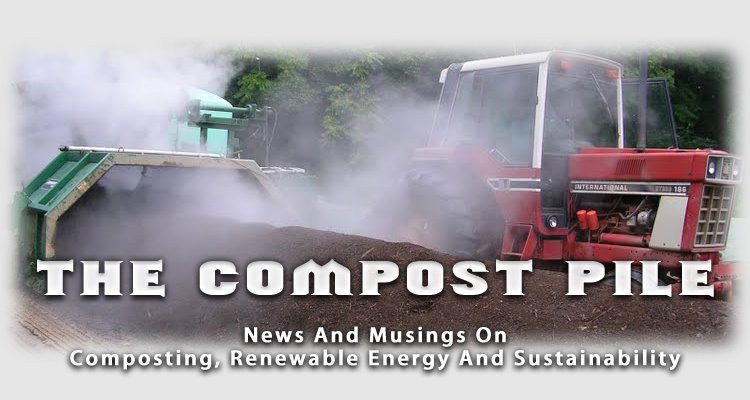
Terra-Gro is a composting operation located at a CAFO in Peach Bottom, Pennsylvania. “We take in starchy potato waste from a nearby potato chip factory, and mix it with manure and crop leftovers,” says Loren Martin of Terra-Gro. “We compost the mixture in 6-foot by 12-foot wide windrows, housed in fabric structures.” Martin has several of these buildings, each 60 by 400 feet long. “Because we compost in the fabric buildings, the product is very consistent and attractive to higher end markets," he says.
Another CAFO using fabric
 buildings is Laurelbrook Farm in East Cannan, Connecticut. It currently composts dairy manure from a heard of 830 cows, mixed with crop residues and horse bedding from nearby farms. Laurelbrook has four fabric buildings made by ClearSpan: one for tipping, two for active composting, and one for curing the finished compost.
buildings is Laurelbrook Farm in East Cannan, Connecticut. It currently composts dairy manure from a heard of 830 cows, mixed with crop residues and horse bedding from nearby farms. Laurelbrook has four fabric buildings made by ClearSpan: one for tipping, two for active composting, and one for curing the finished compost.Although CAFOs are often unsustainable, these two farms are working hard to improve there environmental footprint.






No comments:
Post a Comment